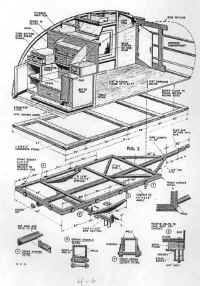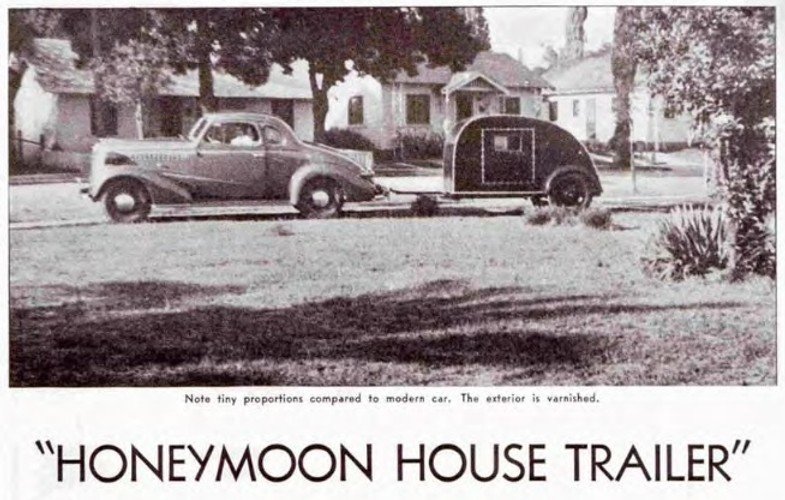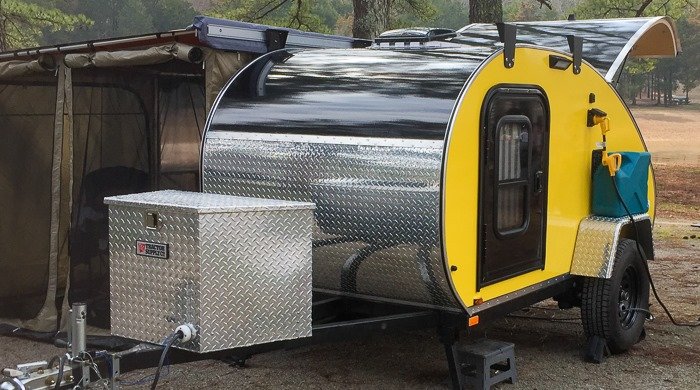A teardrop caravan is a compact and light-weight streamlined travel trailer with a sleeping cabin and galley kitchenette in the rear. It gets its name from the unique teardrop contour and shape, as it comprises a large curved front end that tapers to a smaller curve towards the back of the caravan, resembling a teardrop.
The origins of travel caravans and caravanning can be traced back to nomadic people such as the European Romani and traveling showmen and women who spent most of their lives on horse drawn caravans. However, they travelled more out of necessity than leisure. The first recorded recreational caravan was built in 1880 in the UK. The purpose of this caravan was to go on holiday and the owner later published a bestselling book about his adventures on the road. So the idea of caravanning caught on. Back then however, caravans were the ultimate luxury items and were exclusive to the wealthy upper class. Nevertheless, by the turn of the century, caravanning for leisure had become an increasingly popular activity and in 1901, the first dedicated caravanning club was established in the UK.
As the automobile began to replace horse-drawn carriages in the UK, the caravan trailer slowly evolved in the year 1919 when the first car-towed caravans were commercially produced. It was about a year later in the early 1920s when interest in caravanning began to spread into the United States. Since caravanning was also economically restrictive to most people in the US during that time, it was enjoyed more by the wealthy until the mid 1930s, at which point, the middle class started to build and enjoy teardrop camping themselves. These are the origins of teardrop campers in the UK and the US as we know it today.
In the United States, as teardrop caravans were gaining popularity in the 1930s, magazines such as Mechanix Illustrated and Mechanics & Handicrafts published articles and step-by-step plans with instructions for people to build their own. The first teardrop designs incorporated standard 4x8-foot sheets of plywood with hardwood spars spanning the roof top. These were the first recorded written articles in the US about teardrop trailers.
During World War II, the popularity of the teardrop caravans slowed down and between the years of 1940 - 1946, there are no known historical records and/or articles related to building a teardrop caravan. When the war was over, the growing evolution of teardrop campers began to surge and became extremely popular in the US as they were economical to build and could be easily towed by a family car, which at that time had a less than 100 horse power engine. Paved road were also expanding across the US which made traveling in general easier than it had ever been before. Many resourceful builders used surplus market materials for their builds. Trailer frames were made from U channel or round tube steel, wheels were taken from salvaged military jeeps and the exterior skin from salvaged WWII bomber wings.
The Teardrop caravan remained popular with camping enthusiasts until the mid-1960s, after which they virtually disappeared from mainstream camping. However, when the internet started taking off in the late 1990s, building plans became readily available online and in more recent years, teardrop trailers have surged and grown in popularity as DIY projects and manufactured builds.




